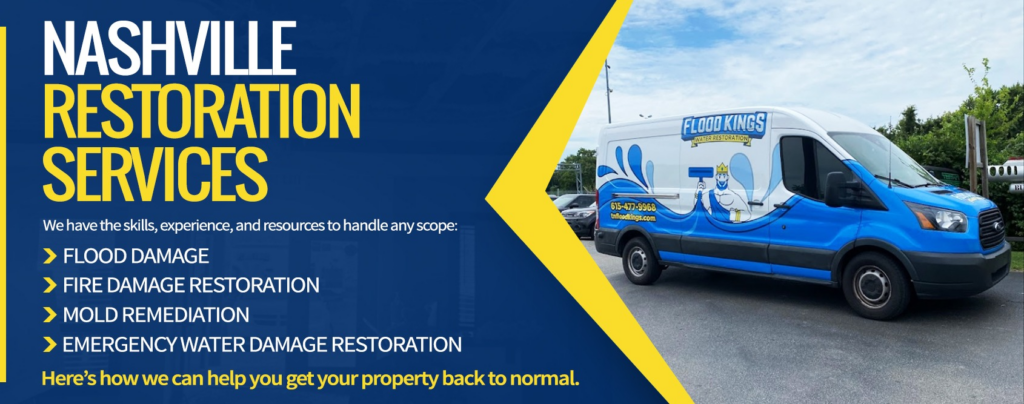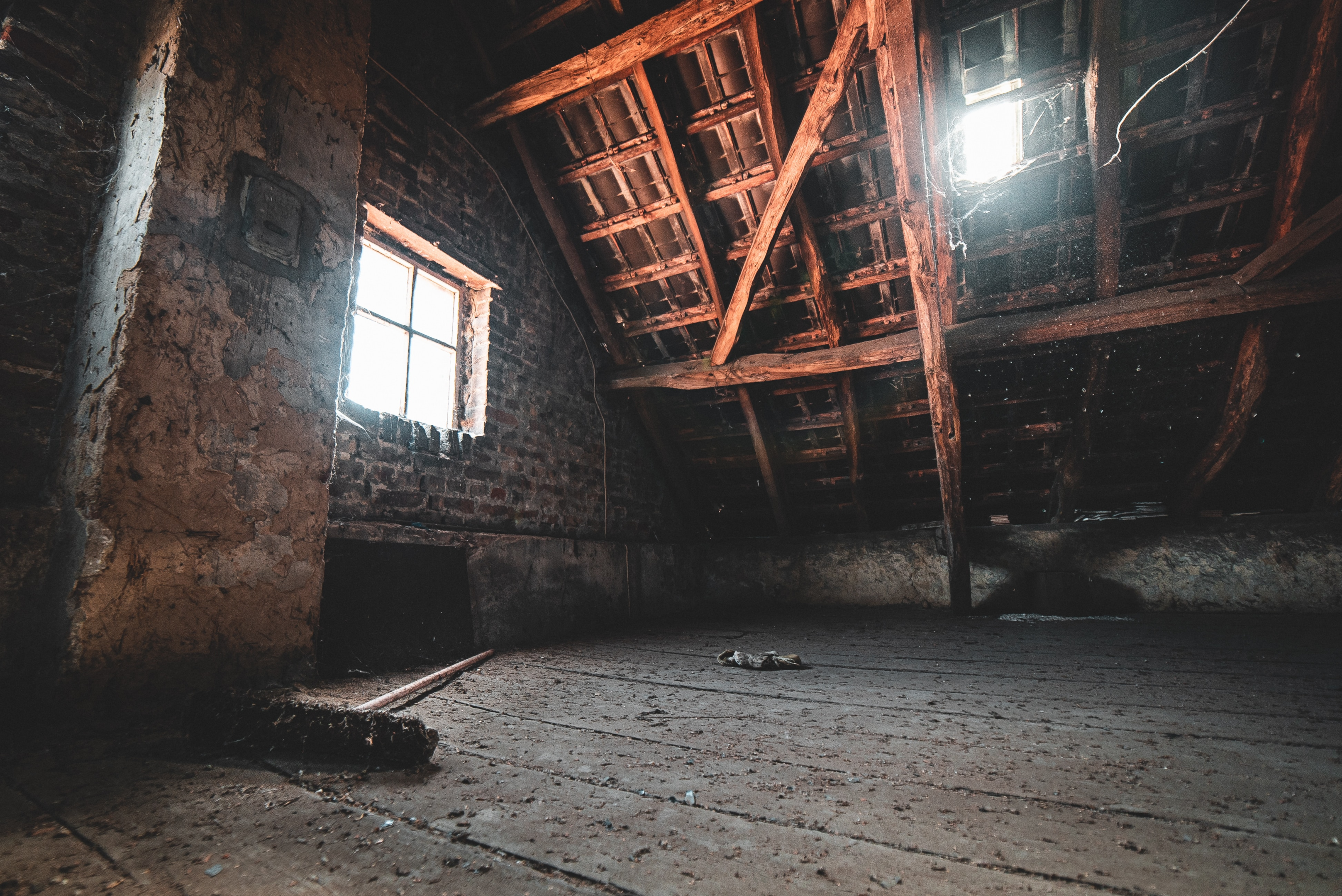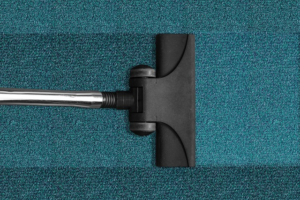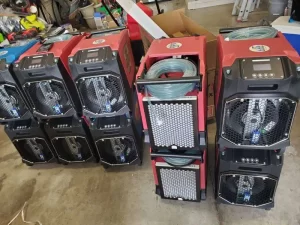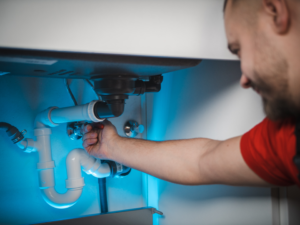Your attic is likely one of the most overlooked parts of your home. It’s dark, dusty, and full of creepy crawly critters. Unfortunately, in addition to these creatures, your attic likely houses essential plumbing and heating lines and is the most vulnerable space to a roof leak.
So, however inaccessible your attic is, you should pay attention to it.
Here’s a guide on how to fix water damage in the attic and when to call a professional restoration company.
What Happens If Water Gets in Your Attic?
- Mold – The most common issue that can come from water getting into your attic is mold. Mold is an especially big problem because it can be tricky to eliminate. It can spread through your house, growing in moisture and low-light environments. Mold spores can also be released into the air and cause health problems, including increased chances of asthma or allergic reactions.
- Wood rot – A structural issue you might face if water gets in your attic is rotten wood. When excessive moisture sets into the wooden roof joints of your home, it can, over time, rot the wood and cause it to become soft, making it structurally unsafe to support your roof.
- Water stains on your ceiling – Cosmetically, a water-damaged attic could affect your home by causing paint to peel away from the walls or by creating water stains on the ceiling.
Usually, by the time these signs of water damage appear, you already have much bigger issues.
How to Find and Remedy Water Damage in the Attic Space
Dealing with water damage in the attic of your home can be incredibly difficult. You might feel too overwhelmed by the damage to know where to start. If this is the case, here’s what your next steps should be:
Locate the Source of the Water
Repairing water damage in your attic begins with locating the source of the water. It would not make sense to make repairs without addressing the root issue; otherwise, you will continue to deal with the same problems.
Sometimes, the source of moisture can be obvious, like with burst pipes. If you have a burst pipe in your attic, you can quickly patch the leak with epoxy putty, duct tape, or a c-clamp until a professional can come and implement a more long-term solution.
Finding a Roof Leak
A roof leak can be a little trickier to spot. While you might think you could simply look for dripping water and follow the drips upward to find the leak, you might not be led to the right spot. Dripping water can be incredibly misleading since water flows downhill.
Because of this, you should hire a professional to come and find the roof leak. Their extensive knowledge will help them find the source quickly so they can get to work on patching it up.
It can be even trickier to determine if condensation is the route of your water problem. The only things you can really base this assessment on is if there is a muggy feeling or a moldy smell coming from your attic, but both of these could easily have other causes.
If you are having any trouble determining the cause of your water damage, it is best to contact a professional for an accurate diagnosis. They will also be able to guide you forward in the repair process.
Remove Standing Water
Once you have stopped the leak in your attic, it is time to start removing any standing water left behind.
If you have more than a few inches of water in your attic, you should contact professional restoration services to come and clean it up. If this is not the case, your first step should be prioritizing your safety.
Not only is your attic often home to important electrical components, but the water could have plenty of hidden bacteria, so you should wear rubber boots as well as protective gear like gloves, goggles, and even a mask.
If you have too much water in your attic to be able to wipe it up with a mop or towels, you might need to consider getting a pump to get the water out. Then, once you have drained the water with the pump, you should go back through with towels to dry any residual water left behind. Additionally, run a few fans and open any attic windows if the weather allows for it. This will help dry the space faster.
Contact Your Insurance Provider
One of the most important things you should do when dealing with a water-damaged attic is contact your insurance provider. They will be able to confirm whether or not your insurance covers the damage done to your home by the water. If it is, they can help you through the process of getting the money to make necessary repairs.
During the cleaning process, you should be sure to document all of the damages done to your home. Take photographs and get testimonials from professionals so the insurance companies can fully understand how bad the damages to your home are.
Sort Through and Move Your Belongings
Once you have finished clearing out the water, you can finally assess the damage. Look over your belongings carefully to determine whether they are salvageable or too badly water-damaged.
You can try to lay some items out in the sun to dry them out, but anything that can’t be cleaned and saved should be thrown out. It can be difficult to let go of sentimental items, but anything you can’t dry well presents an opportunity for mold and mildew growth.
If you have identified the source of the leak but have not been able to address it, move your belongings from the attic to avoid the risk of them suffering any additional water damage.
Hire Professionals
Water damage can be incredibly overwhelming and often runs deeper than what meets the eye, so it is a good idea to hire professionals to handle the water damage restoration process.
Restoration professionals will clean up all of the damage from the water leak, including:
- Water removal
- Drying wet rafters and structural components
- Leak detection
- Removing wet insulation
- Checking attic vents for mold growth
They can also fix roof damage like missing shingles, improper sealing where roof plates meet, or cracked flashing around your roof vents.
Additionally, restoration professionals can help to prevent leaks and further damage by instructing you to fix poor ventilation, clean out clogged gutters, and remove broken limbs from trees and other debris so that they do not lead to roof damage.
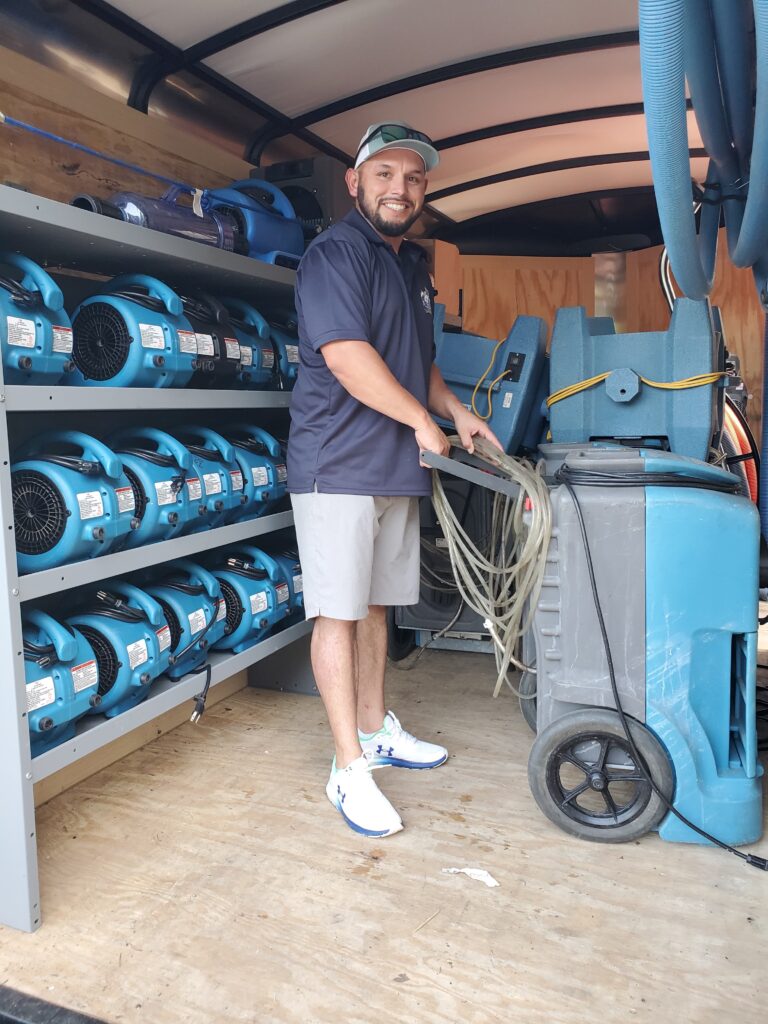
What Causes Attic Water Damage?
When the issue of attic water damage is brought up, the first thing on the minds of many homeowners will be the question of the source. Some common causes of water damage in the attic can include:
- Roof leakage: Roof leaks can be caused by normal wear and tear on your roof, like damaged shingles, ridge caps, roof valleys, or cracked flashing around where vents protrude from your roof. Ice dams resulting from clogged gutters may also turn into roof leaks.
- Malfunctioning HVAC system: When an appliance’s vent or the evaporator coil is broken or clogged, this can lead to water leaking down the walls.
- Damaged shingles: Broken or missing shingles are one of the largest causes of attic leaks, as they allow water directly into the structure.
- Condensation: During cold weather months, hot, moist air from the living areas in your home can travel up to your attic, which can lead to condensation and subsequent water damage. This is more likely to happen if you don’t have proper insulation in the attic.
- Burst pipe: The pipes in your home become more vulnerable to bursting as they age, especially in the parts of your home that are more prone to freezing, like your attic.
What Happens If Water Gets Into Insulation?
Wet attic insulation is unusable: it relies upon the air space between materials to keep your home warm. It also encourages mold growth, imperiling the air quality of your home.
If you experience attic water damage, you will likely need to have all the insulation near the attic leak removed and replaced; fortunately, this isn’t too expensive.
Attic Water Damage FAQs
Will Water in the Attic Dry Out on Its Own?
Depending on the source, it’s possible for water to dry out, but it will have left damage in your attic that needs to be rectified to prevent mold. You also want to be sure that it wasn’t caused by roof damage, as this will just make the issue worse over time.
What Happens If Water Comes Through the Ceiling?
Water coming through the ceiling definitely means attic water damage. However, it also means damage to the ceiling, which can be very dangerous. Any time you notice water coming through the ceiling, you need to cordon off the damaged area and call TN Flood Kings right away, as the ceiling is now compromised and may collapse.
How Much Does It Cost to Fix Moisture in the Attic?
This depends on the extent of the water damage, as well as its cause. Remediating mold in the attic can cost anywhere from $1,500 to $10,000, as can roof repair. You’ll also need to replace insulation, dry out beams, and replace materials in the damaged area. Every case is different, but we will perform a thorough check and provide an accurate estimate to help you budget.
Hiring Professionals Is the Safest Option
Most homeowners do not even recognize water-damaged attics until there’s a serious issue that requires immediate intervention. An attic leak could have many culprits, including inadequate attic ventilation, roof leaks, and damaged flashing. Moreover, it can lead to serious issues like soggy insulation, structural damage, and mold growth.
Because of these issues, you must address water damage in your attic space before the water is able to soak into the wood of your home and do lasting damage, creating rot or mold.
To ensure that your attic repairs are done right, you should hire professional water damage restoration services such as TN Flood Kings.
